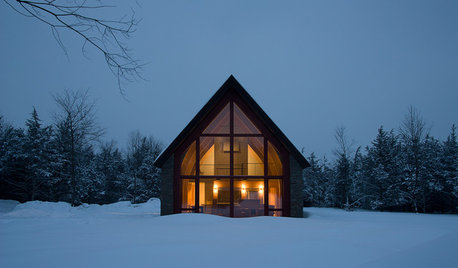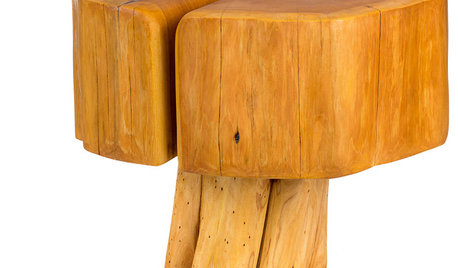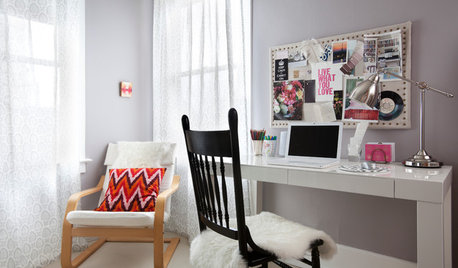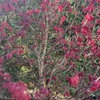The Truth About Tree Planting
texasredhead
16 years ago
Related Stories

LIFEYou Said It: 'The Truth Is in the Details' and More Quotables
Design advice, observations and inspiration that struck a chord this week
Full Story
REMODELING GUIDESArchitectural Images: Truth or Fiction?
Technology draws an ever-fainter line between photo and rendering. Can you tell the difference in these 17 images?
Full Story
GARDENING GUIDESTree Care: Common Tree Diseases and What to Do About Them
Learn to recognize trees that may be affected by diseases or pests so you can quickly take action
Full Story
WORKING WITH PROSWhat Do Landscape Architects Do?
There are many misconceptions about what landscape architects do. Learn what they bring to a project
Full Story
GARDENING FOR BIRDSWhat to Know About Birds Nesting in Your Yard
Learn how to observe, record data and help ornithologists with NestWatch’s citizen science project understand bird trends
Full Story
GREEN BUILDINGWhat's LEED All About, Anyway?
If you're looking for a sustainable, energy-efficient home, look into LEED certification. Learn about the program and its rating system here
Full Story
FUN HOUZZGuessing Game: What Might Our Living Rooms Say About Us?
Take a shot on your own or go straight to just-for-fun speculations about whose homes these could be
Full Story
PRODUCT PICKSGuest Picks: Beautiful Things You Can Feel Good About Buying
Upcycled, ecofriendly or just made responsibly, these home accessories and furniture pieces will keep your conscience clear
Full Story
WORKING WITH PROS10 Things Decorators Want You to Know About What They Do
They do more than pick pretty colors. Here's what decorators can do for you — and how you can help them
Full Story
FUN HOUZZEverything I Need to Know About Decorating I Learned from Downton Abbey
Mind your manors with these 10 decorating tips from the PBS series, returning on January 5
Full Story






ken_adrian Adrian MI cold Z5
cascadians
Related Discussions
Of Plants, S&M, and The Truth About Cordyline Neglect
Q
The truth about wire baskets
Q
Tell me the truth about keeping a supermarket K. blossfeldiana ?
Q
Truth about wire baskets - trees
Q
theresas
cascadians
texasredheadOriginal Author
greenlarry
lou_spicewood_tx
gardengal48 (PNW Z8/9)
cascadians
Dibbit
cascadians
Marie Tulin
ltruett
oakhill (zone 9A, Calif.)
Dibbit
greenlarry
cascadians
Embothrium
mdvaden_of_oregon
snowguy716
Embothrium
wisconsitom
Embothrium
texasredheadOriginal Author
mdvaden_of_oregon
lou_spicewood_tx
Embothrium
Dibbit
cascadians
mdvaden_of_oregon
sam_md
texasredheadOriginal Author
mdvaden_of_oregon
johnstaci
Embothrium
johnstaci
emmettacres
wisconsitom
Embothrium
wisconsitom